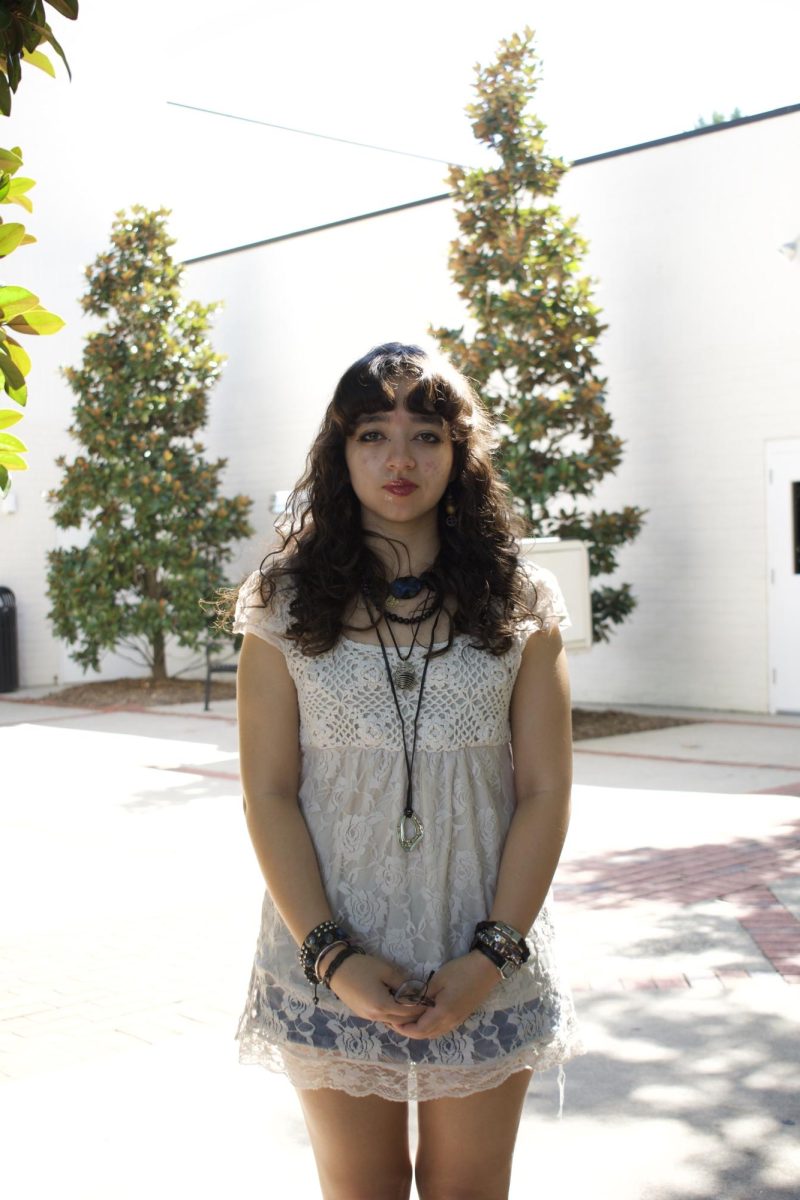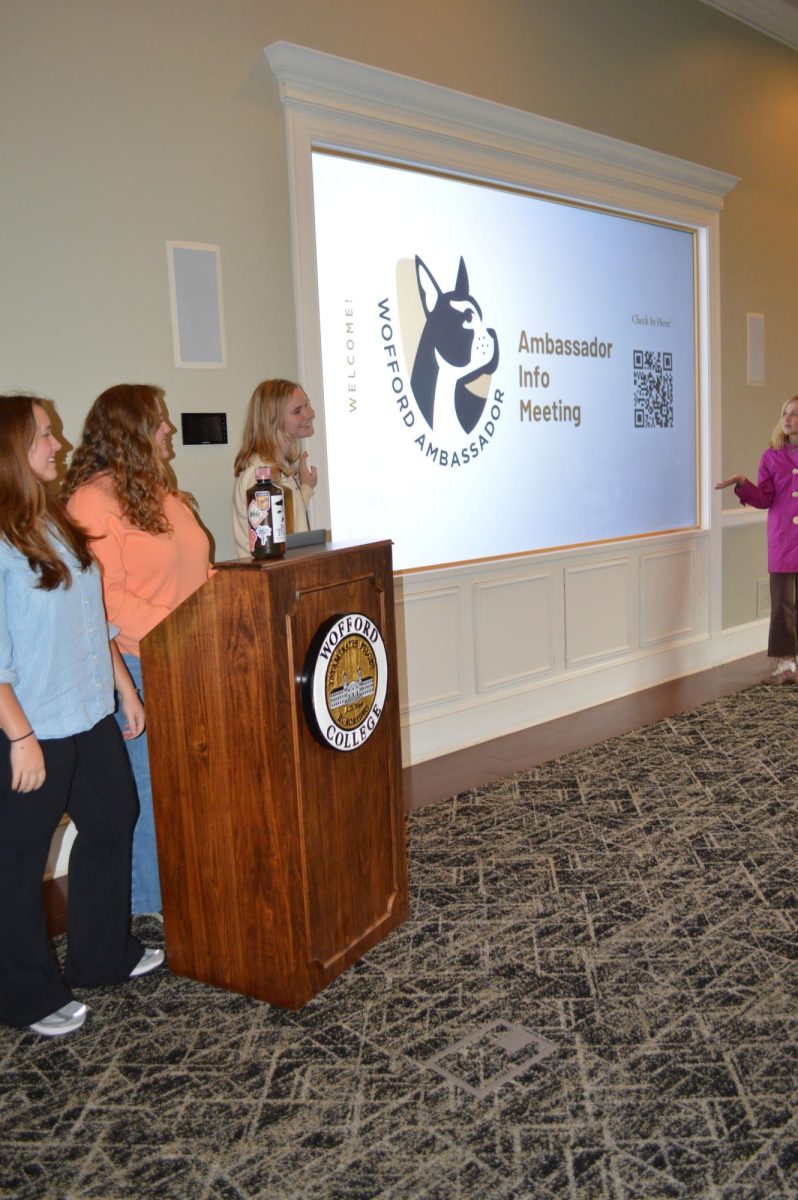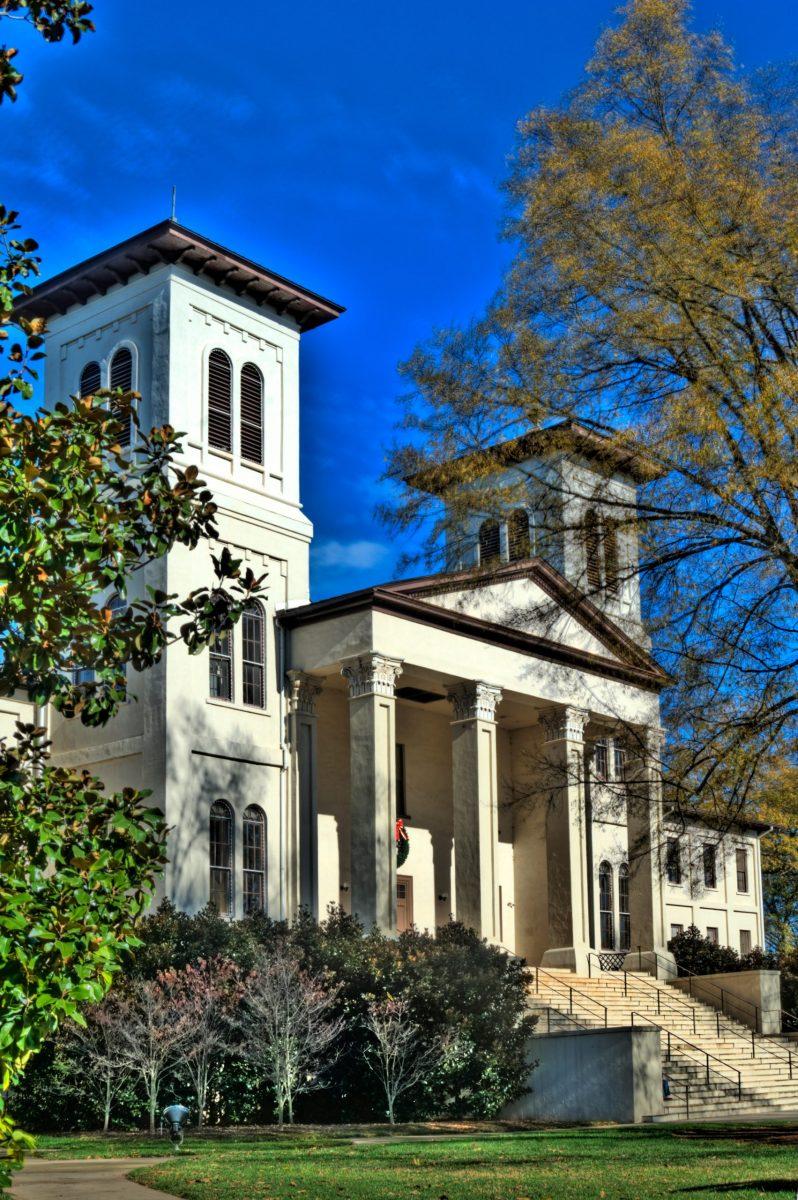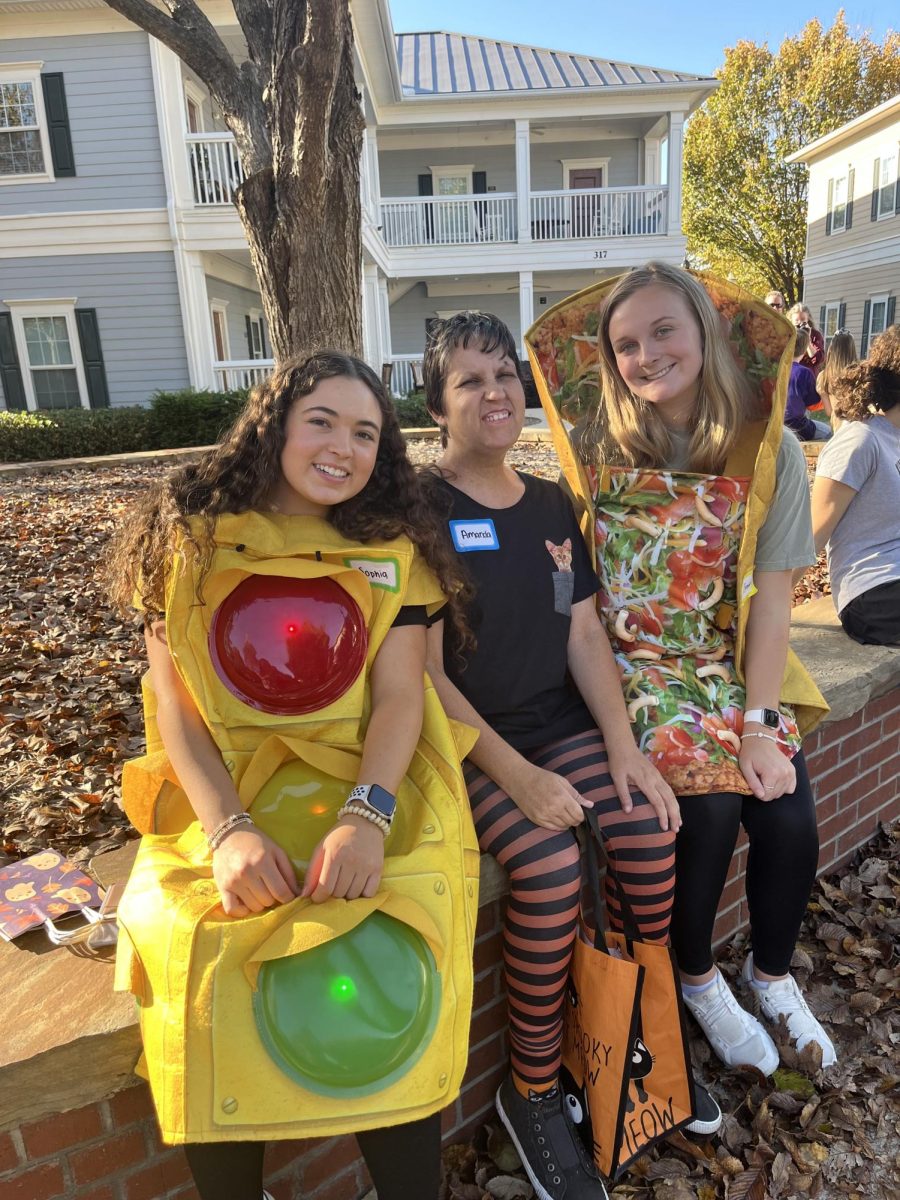DEVELOPMENTAL DOCUMENT WAS RELEASED THIS FALL AND IS PENDING BOARD APPROVAL —
Over the past month the campus has been consumed with discussion about the new strategic vision for the college. The document is not yet finalized by the board, but strong opinions already exist about it. President Dr. Nayef Samhat says that the document “is a reflection of the collective imagination, creativity and vision of the community for what Wofford might aspire to be in the future and look like in the next 10 to 15 years or more.” The plan includes facility upgrades, including a new Marsh Hall and Greek Row, but it also details ways for the college to evolve academically.
In the last issue of the Old Gold and Black, the op-ed “Thoughts on Wofford’s new strategic vision” expressed some student issues with the plan. Campus Union President Hank Davis believes students have a right to be concerned, and on Monday, Sept. 29, Campus Union unanimously passed a resolution outlining their concerns with the proposal.
“We found the proposal to have a lot of positive aspects, like building new facilities and retaining stellar faculty,” Davis says. “We were concerned about what the vision did not say.”
Davis says Campus Union is concerned about the lack of express mention of some of the traditions of the college.
“There is no mention of Benjamin Wofford, Methodism or Christianity,” says Davis, “and there is a big time push for diversity, sustainability and things like that. We need to pay homage to our heritage.”
Samhat says that he understands student concerns but thinks they are unwarranted. Samhat wants students to know that it is possible to preserve the traditions of the college while making changes.
“Absolutely it is possible,” Samhat says. “Fifty years ago there was not an environmental studies program. We were not focused on study abroad. Over 100 years ago we didn’t have English – we would be learning Latin. We have these new things on campus, and yet this remains a powerful educational experience.”
Samhat also asserts that the campus has dealt with great change before without losing its identity.
“Not too long ago we didn’t have women on campus, and now they make up more than half of the student body. Things change, organizations and institutions change,” Samhat says, “but we are committed to the traditions of the institution, and we never forget the legacy of the institution.”
Davis is not convinced, and would like to see the vision revised.
“I would be happier if there was more respect paid to our founding fathers and our guiding principles.”
Beyond their concerns with alleged omissions in the vision, Davis says students were concerned with the makeup of the group that created the document.
“Alumni were not involved enough, and there was minimal student support,” Davis says. “[The document] was passed down the ranks to the student body.”
Samhat insists that this is not the case.
“The process last year was inclusive and open. There were opportunities for community members and students to contribute to the process,” Samhat says. “Whether or not folks remember it or participated is a different question, but the opportunities were there.”
Davis says that while these chances existed, they were not enough.
“I don’t think they were sufficient,” Davis says. “I feel that those opportunities were only for a select number of students who already supported the administration’s position.”
Samhat says that he had almost no direct involvement in the drafting of the plan.
“I purposefully stayed out of direct participation because I wanted it to reflect the goals and aspirations of the college community rather than the goals and aspirations of Nayef Samhat.”
The board will review and potentially approve the document in October.
The college sent the “Strategic Vision at a Glance” to alumni and parents and received feedback from these people. Samhat personally responded to all of the comments and says they have been taken into consideration.
“We will kind of synthesize the various comments and observations that we have received,” he says.
Samhat and Davis agree that the document is the be- ginning of a process of development for the college. “I’m glad that the college is looking ahead and planning for the future,” says Davis. “I just want them to pay homage to the past.”
Samhat also points out that the document has a practical application as well.
“Frankly, this is the foundational document to inspire friends, alumni, students and others to support the college in its goals and ambitions.”
The final form of the document is not yet set in stone, but the vision will be released this fall. Samhat says that regardless of its form, a vision like this is necessary.
“We have to be attentive to the world in which we live. If the institution does not evolve it will be left behind.”






























